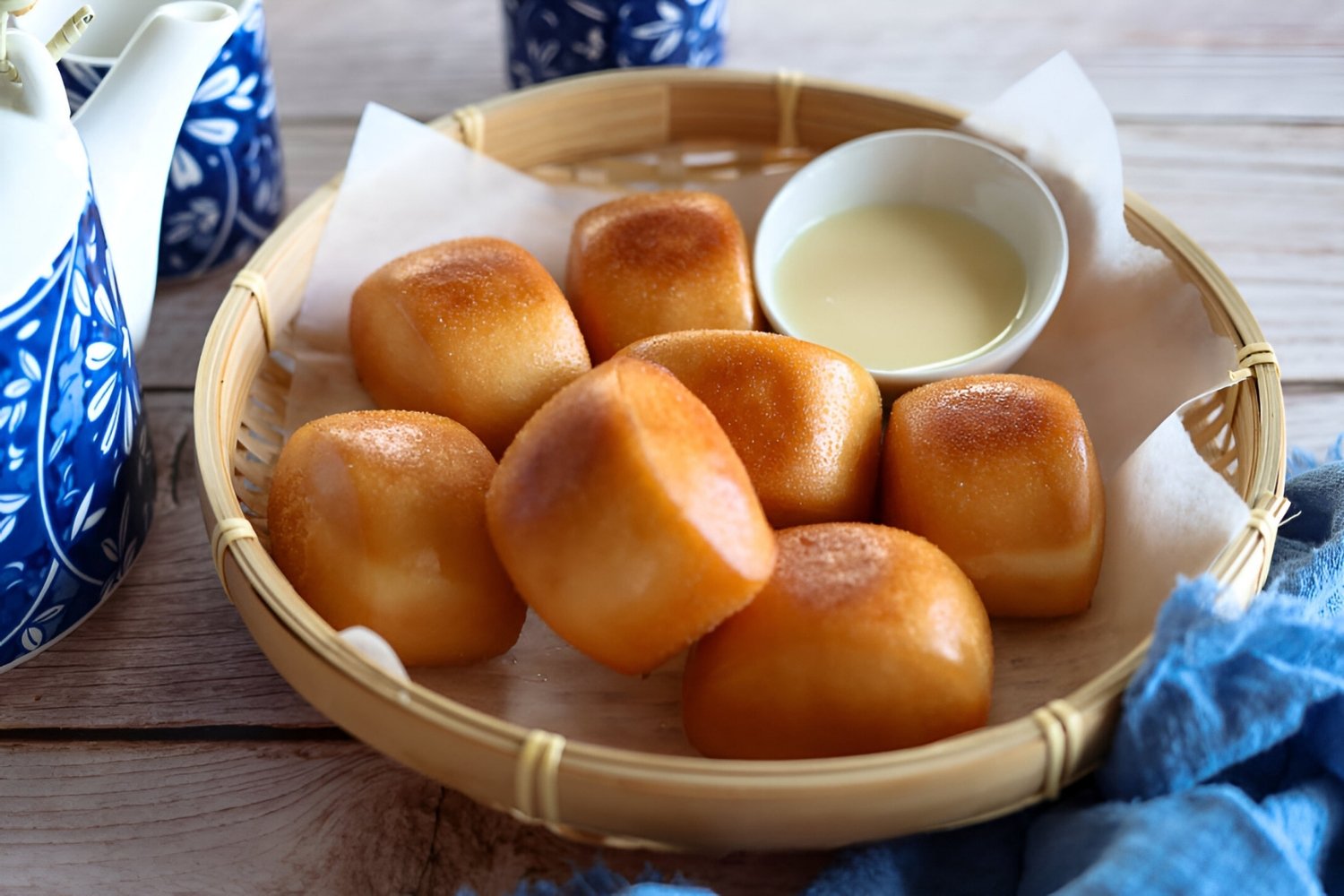
Mantou, a staple in Chinese cuisine, is a type of steamed bun enjoyed by many. But what makes this fluffy delight so special? Mantou has a rich history dating back thousands of years, originating from Northern China. These buns are typically made from wheat flour, water, and yeast, resulting in a soft, pillowy texture. They can be eaten plain or filled with various ingredients like meats, vegetables, or sweet pastes. Mantou is not just a food item; it's a cultural icon representing simplicity and tradition. Whether served as a side dish or a main course, Mantou holds a special place in the hearts of those who savor it. Ready to learn more about this beloved bun? Here are 30 fascinating facts about Mantou that will leave you craving for a bite!
What is Mantou?
Mantou, a staple in Chinese cuisine, is a type of steamed bun or bread. Often enjoyed plain, it can also be filled with various ingredients. Let's dive into some fascinating facts about this beloved food.
-
Mantou is believed to have originated during the Qin Dynasty (221-206 BC).
-
The name "mantou" translates to "barbarian's head," stemming from a legend involving Zhuge Liang, a famous military strategist.
-
Traditionally, mantou is made from wheat flour, water, and yeast.
-
Mantou can be sweet or savory, depending on the filling or lack thereof.
-
In northern China, mantou is a common staple, often replacing rice as the main carbohydrate.
How is Mantou Made?
The process of making mantou is both an art and a science. It involves precise measurements and techniques to achieve the perfect texture and flavor.
-
The dough is kneaded until smooth and elastic, which helps develop gluten for a chewy texture.
-
After kneading, the dough is left to rise, allowing the yeast to ferment and create air pockets.
-
Once risen, the dough is shaped into buns and left to rise again before steaming.
-
Steaming mantou gives it a soft, fluffy texture, unlike baking which would make it crusty.
-
Some variations include frying the steamed buns for a crispy exterior.
Different Types of Mantou
Mantou comes in various forms, each with unique characteristics and flavors. Here are some popular types.
-
Plain mantou is the most common, often served as a side dish or snack.
-
Sweet mantou may contain fillings like red bean paste, custard, or sweetened condensed milk.
-
Savory mantou can be filled with meats, vegetables, or even seafood.
-
Flower mantou is shaped like a flower and often served during special occasions.
-
Pumpkin mantou incorporates pumpkin puree into the dough, giving it a distinct color and flavor.
Cultural Significance of Mantou
Mantou holds a special place in Chinese culture, symbolizing various aspects of life and tradition.
-
During Chinese New Year, mantou is often shaped into animals or other symbols for good luck.
-
In some regions, mantou is used as an offering during ancestral worship.
-
Mantou is a common food during festivals and celebrations, symbolizing prosperity and abundance.
-
The simplicity of mantou makes it a versatile food, suitable for both everyday meals and special occasions.
-
In Chinese folklore, mantou is said to have been created to appease river gods.
Nutritional Value of Mantou
While mantou is delicious, it's also important to consider its nutritional aspects.
-
Mantou is low in fat, making it a healthier option compared to fried foods.
-
It is a good source of carbohydrates, providing energy for daily activities.
-
Whole wheat mantou offers more fiber and nutrients compared to those made with refined flour.
-
Adding fillings like vegetables or lean meats can enhance the nutritional profile of mantou.
-
Moderation is key, as mantou can be high in calories if consumed in large quantities.
Modern Takes on Mantou
As with many traditional foods, mantou has evolved with modern culinary trends.
-
Some chefs experiment with different flours, such as rice or corn, to create gluten-free mantou.
-
Fusion cuisine has led to mantou being used in dishes like mantou burgers or sliders.
-
Mantou ice cream sandwiches have become a trendy dessert in some areas.
-
Vegan mantou options are available, using plant-based ingredients for fillings and dough.
-
Mantou-making kits are now sold online, allowing people to make this traditional food at home easily.
Mantou: A Steamed Delight
Mantou, the humble steamed bun, holds a special place in Chinese cuisine. From its ancient origins to its modern-day variations, this simple yet versatile food has captured the hearts of many. Whether enjoyed plain, stuffed with savory fillings, or even sweetened, mantou offers a taste of tradition and comfort. Its soft, fluffy texture and mild flavor make it a perfect accompaniment to various dishes or a satisfying snack on its own.
Understanding the history and cultural significance of mantou enriches our appreciation for this beloved staple. Next time you bite into a mantou, remember the centuries of culinary tradition behind it. Whether you're a seasoned foodie or a curious newcomer, there's always something new to learn and love about mantou. So, go ahead, steam a batch, and savor the timeless delight that is mantou.
Was this page helpful?
Our commitment to delivering trustworthy and engaging content is at the heart of what we do. Each fact on our site is contributed by real users like you, bringing a wealth of diverse insights and information. To ensure the highest standards of accuracy and reliability, our dedicated editors meticulously review each submission. This process guarantees that the facts we share are not only fascinating but also credible. Trust in our commitment to quality and authenticity as you explore and learn with us.
